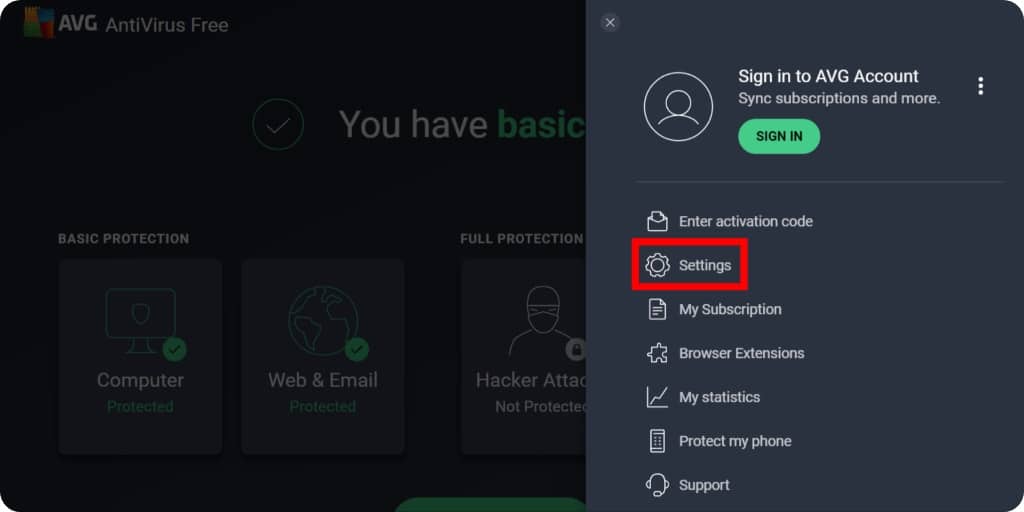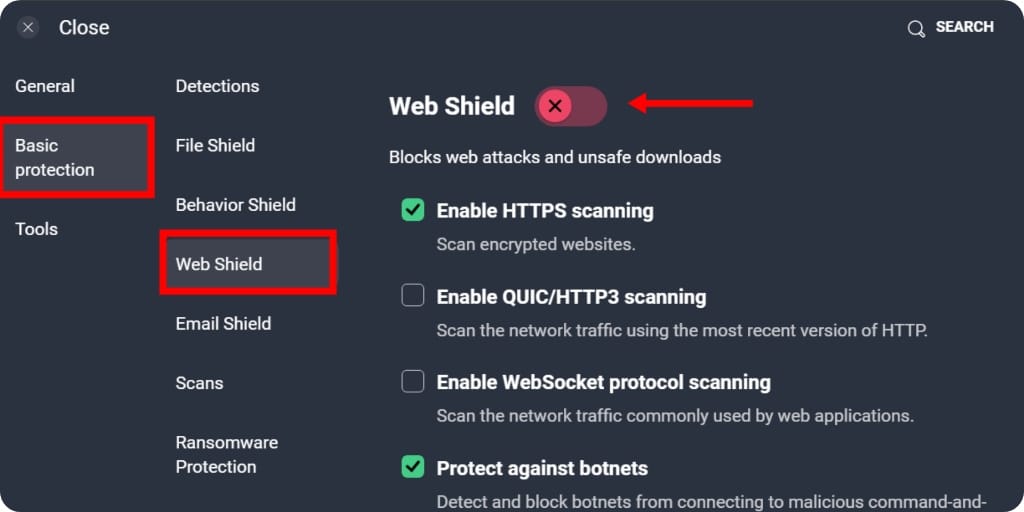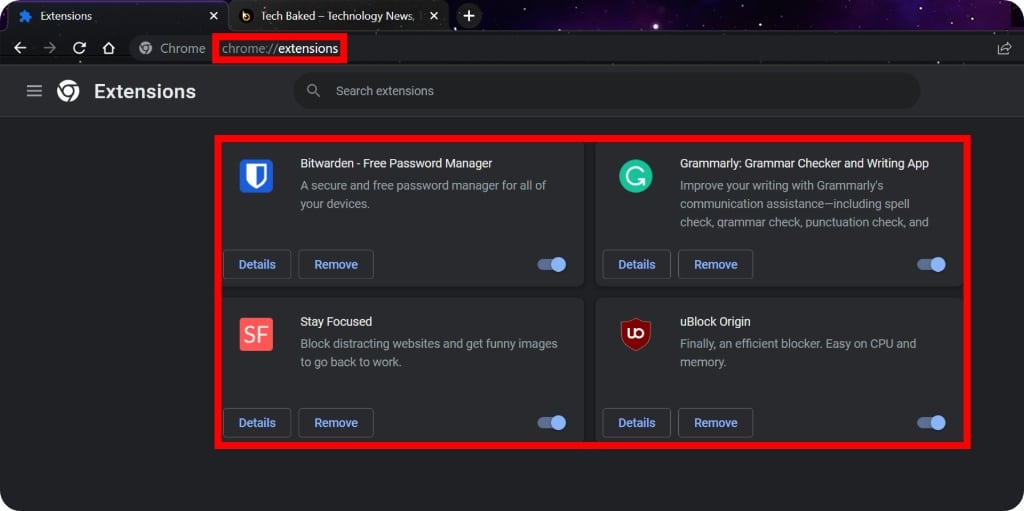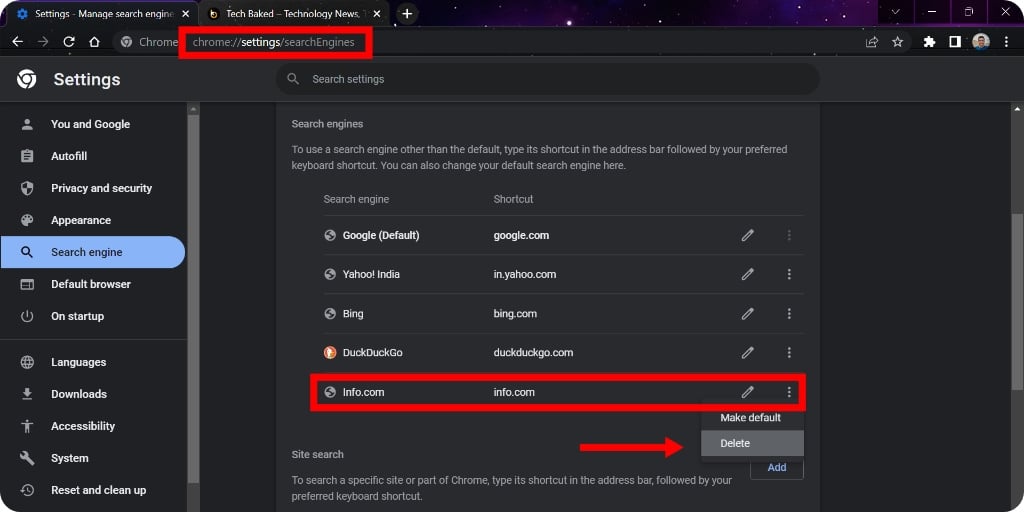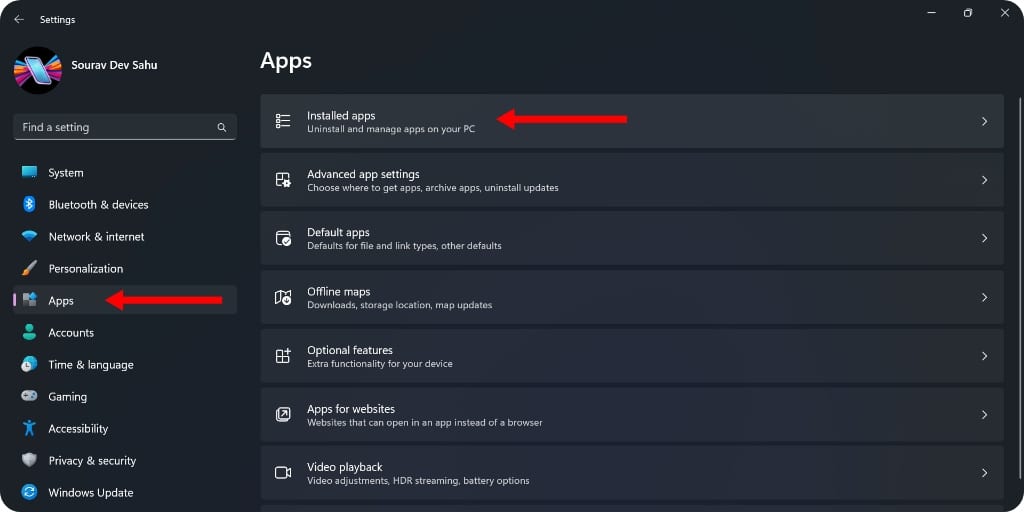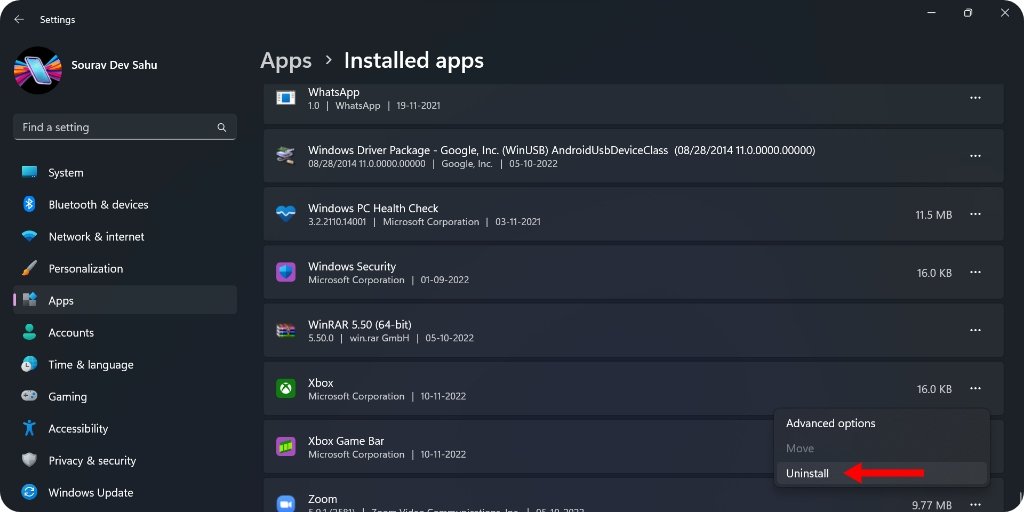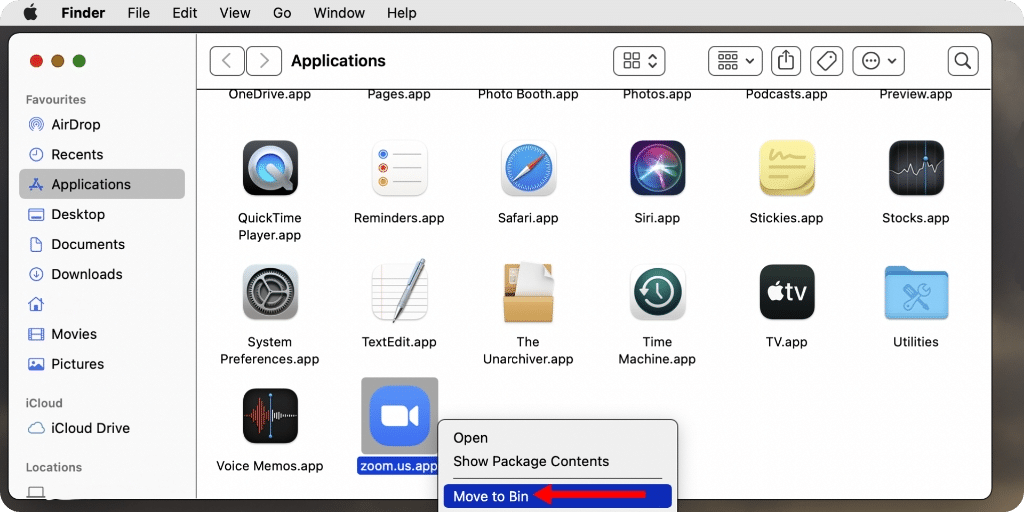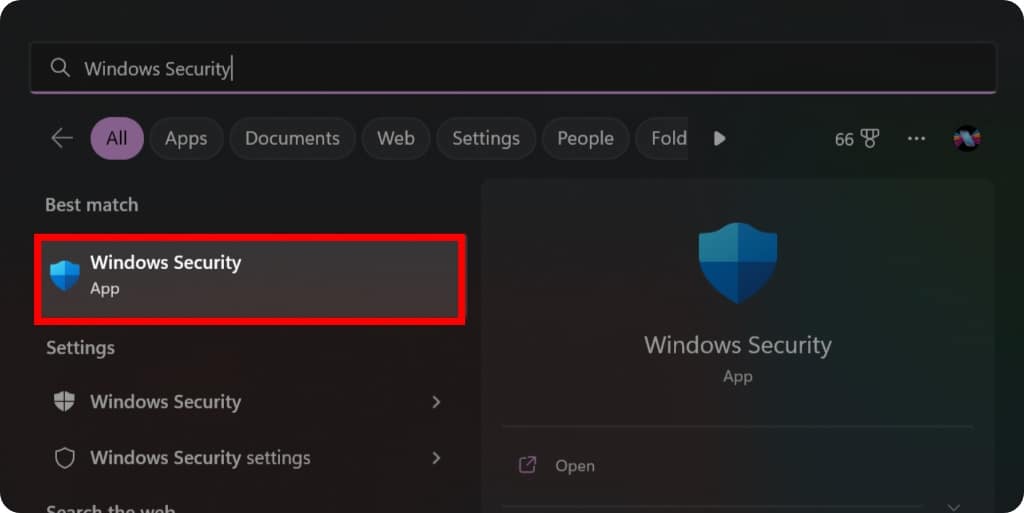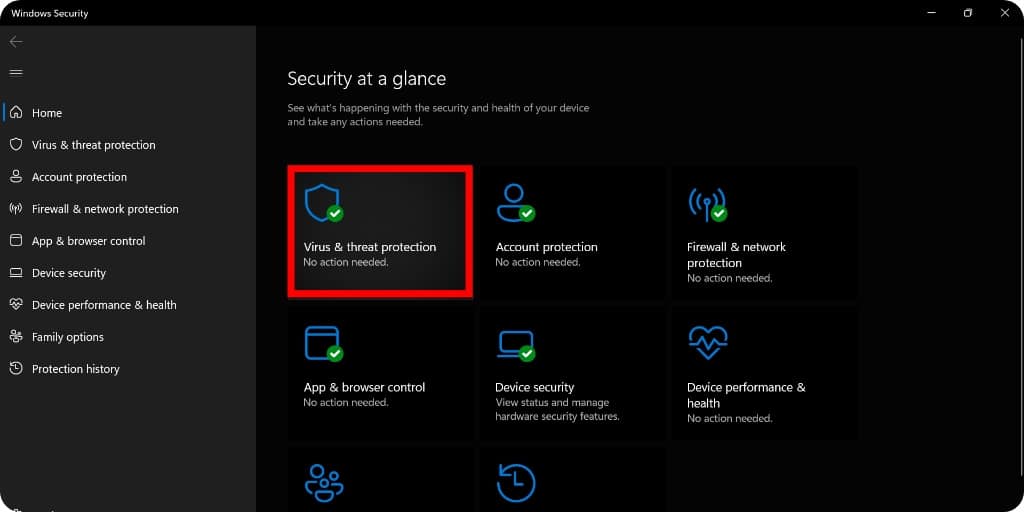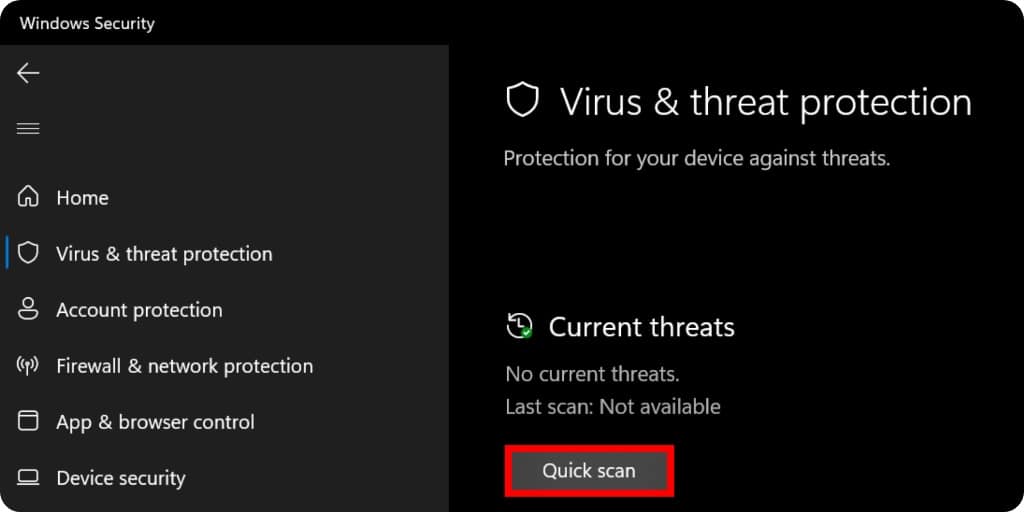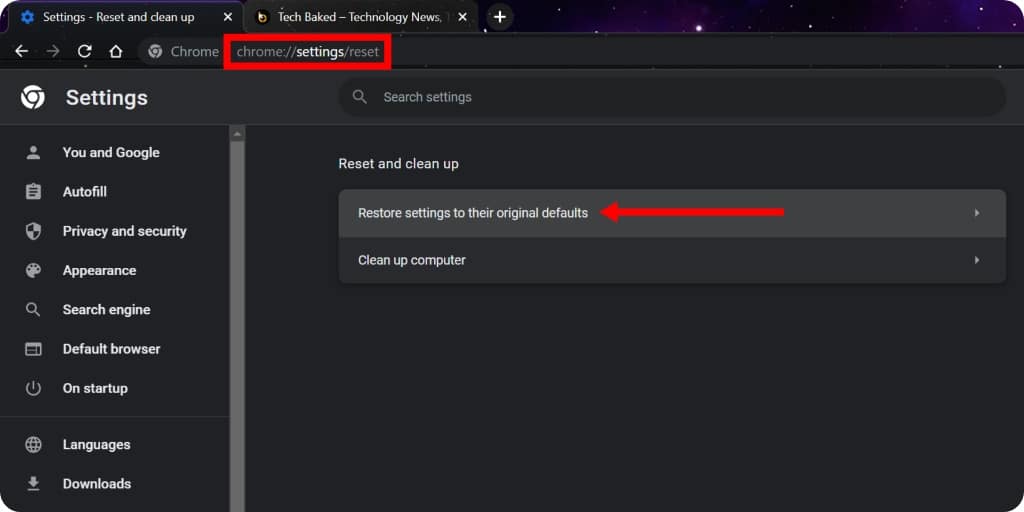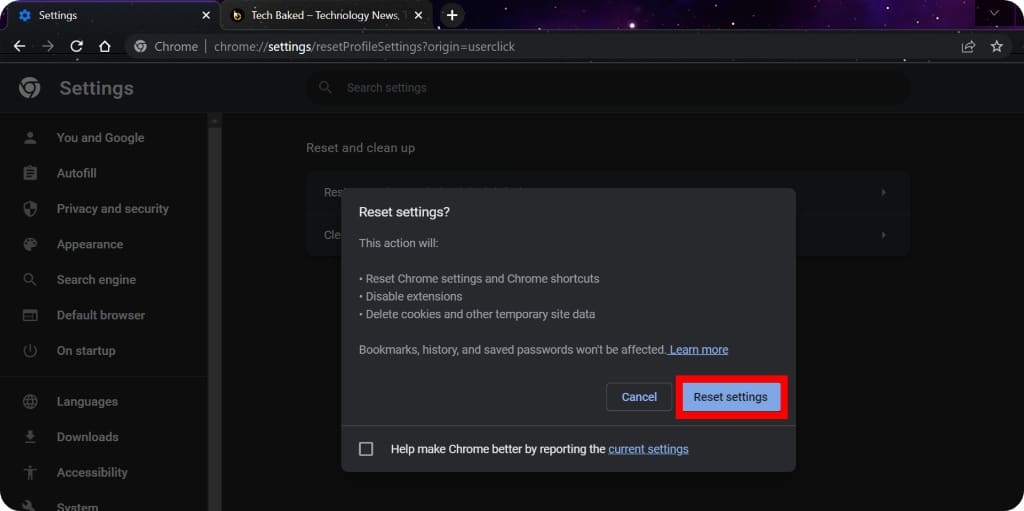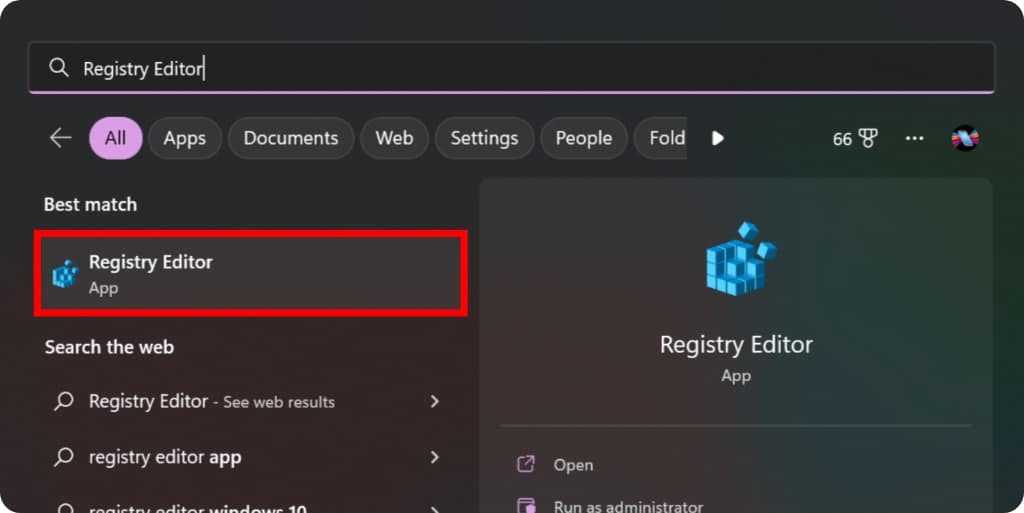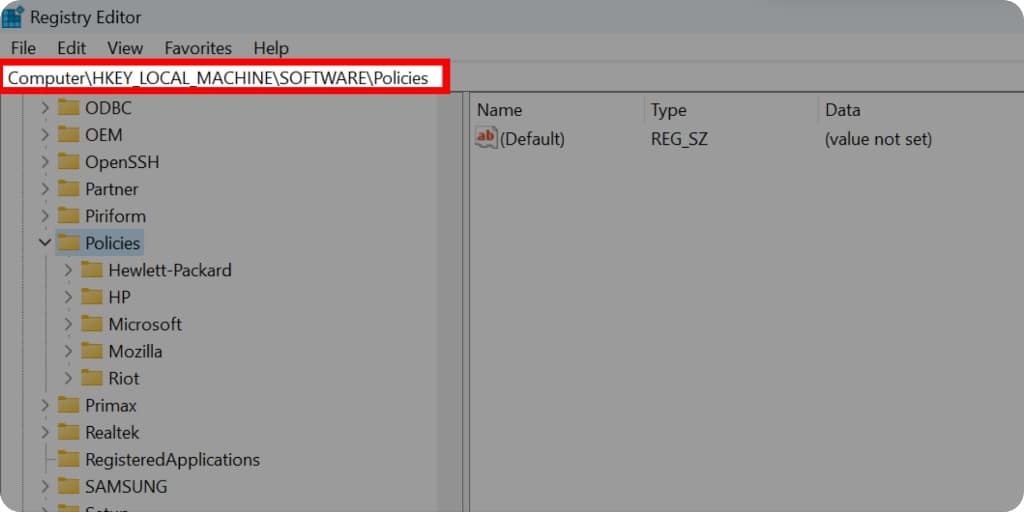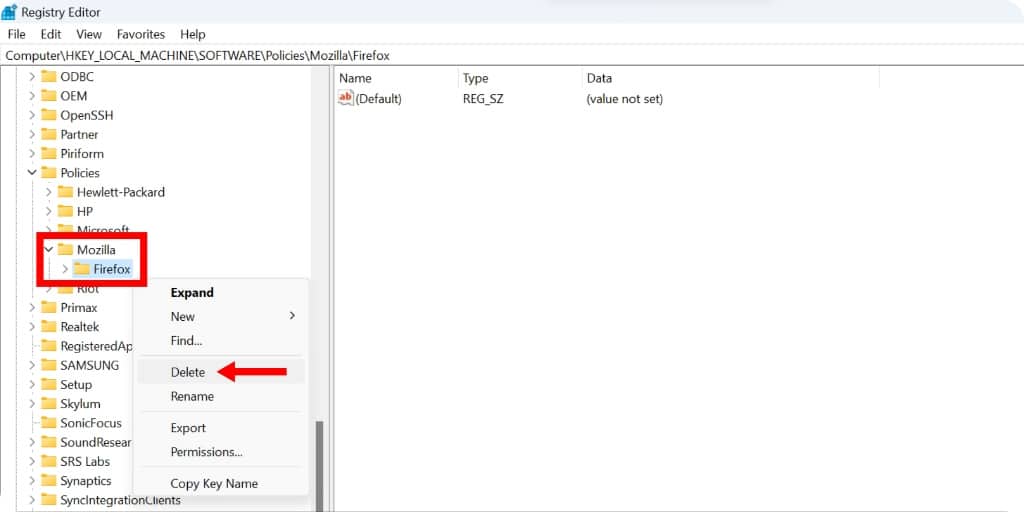Everyone deserves to live their personal life incognito, whether in the real world or on the internet. This may seem flabbergasting, but someone could be administering your browsing activities, and you wouldn’t even get a hint. It indeed is hair-raising.
But fret not; this article presents seven simple ways to tackle the “Your browser is managed by your organization” entry in Chrome and other Chromium-based browsers, including Microsoft Edge, Brave Browser, Opera, and Vivaldi.
What Does “Your Browser Is Managed by Your Organization” Signify?
Organizations, especially schools and IT departments of most workplaces, often amend their systems’ browsers by imposing specific enterprise policies. This authorizes them to enforce restrictions, like disabling incognito mode, blocking certain websites, and more.
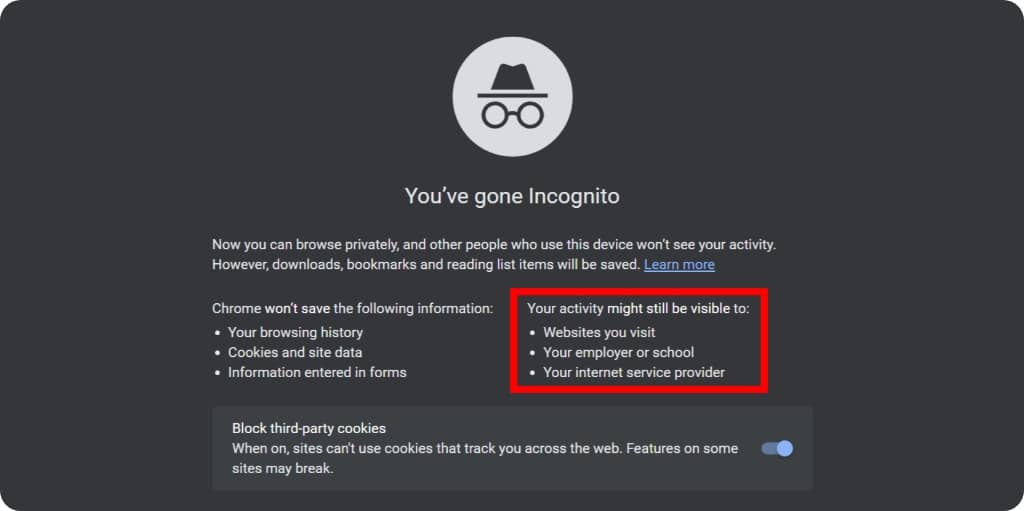
From its 73rd version, Chrome mandates the organization to alert the user of the same, which is why you see the message, “Your browser is managed by your organization.” In case you’re hesitant, it does allow them to eye your incognito and other browsing usages.
However, the message can appear even if the system isn’t associated with any organization, and that’s appalling. In such cases, the problem usually results from installing malicious apps, hindrance caused by antivirus, or faulty Chrome extensions.
How to Check if an Organization Is Managing Your Browser?
A quick way of searching the disclosure is by clicking the kebab menu () on the top-right corner of Chrome and checking for the message that says, “
Managed by your organization.” You can also open the settings page from the same menu and see for it.
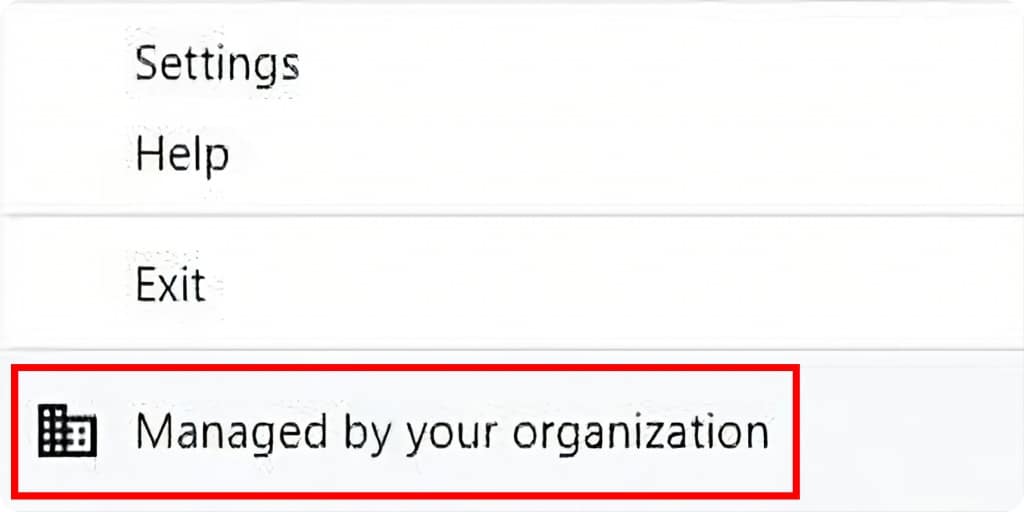
Alternatively, you can enter chrome://policy/ in the address bar and press enter to view your browser’s current policies. If it reads “No policies set,” you’re safe and secure. If it doesn’t, rest assured and read along.
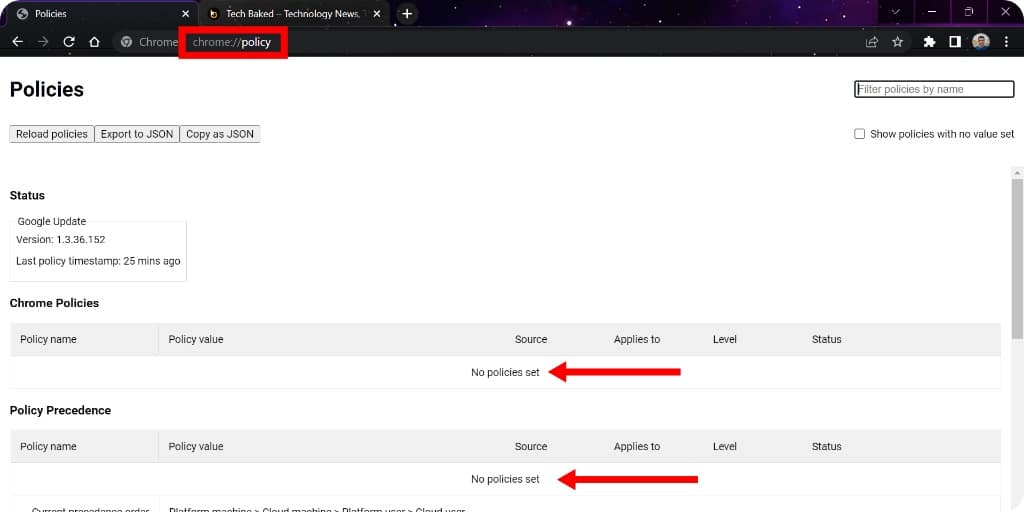
How to Get Rid of the “Your Browser is Managed By Your Organization” Message?
Check Antivirus Settings
It is usually the antivirus software that’s spawning the problem. Their web protection feature often interferes with the browser’s policies, causing the error message to show up. Follow the steps below to disable it.
- Open the installed antivirus software. In our case, it’s AVG antivirus.
- Click on the hamburger menu (
) from the top-right corner.
- Open Settings.
- Select Basic protection on the left-side column.
- Click on Web Shield.
- Uncheck the toggle on top.
- Restart your browser.
If the problem is still present, try disabling the QUIC/HTTP3 scanning in the antivirus software. It monitors your network traffic and could be the thing causing the problem. You can find the option to turn off the feature under web shield settings.
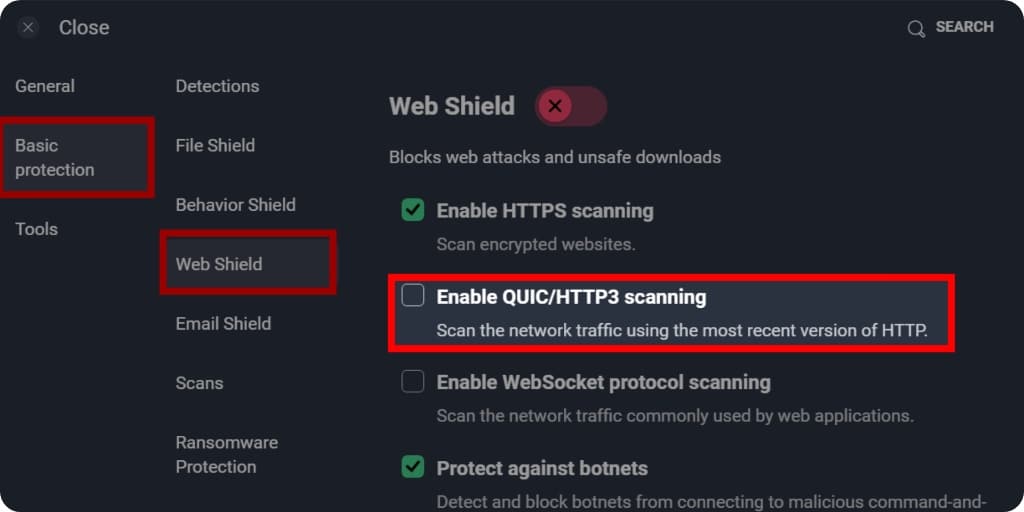
Check for Suspicious Browser Extensions
At times, password managers, VPNs, ad-blockers, or similar extensions may cause the “Your browser is managed by your organization” message to appear. Open your browser and follow the procedure to remove them.
- Type chrome://extensions/ in the address bar and hit enter.
- Look out for unrecognized/suspicious extensions.
- Remove them.
Remove Uncertain Search Engines
A browser relies on its search engine greatly, so you can’t afford to compromise it. Sometimes, an unknown search engine might result in the showing up of the message. Follow the directions below to check for it.
- Go to chrome://settings/searchEngines by pasting it in your browser’s address bar.
- Under Search engines, identify the unknown ones.
- Click on the kebab menu (
) of the respective search engine.
- Delete it.
Search for Malicious Apps on Your System
Apps installed from shady sources might sometimes hit back hard, which could be the case this time. As a result, you’re greeted by the “Your browser is managed by your organization” message.
Windows
- Press the Windows key (⊞) and open Settings.
- Click on Apps.
- Select Installed apps.
- Proofread the entire list and look out for unknown apps.
- Open the meatball menu (
) of the desired app.
- Click on Uninstall.
Mac
- On your desktop, hit Cmd + Shift + A.
- Check for unrecognized apps, if any.
- Right-click on the desired app and select Move to Bin.
- Empty the bin afterward to eliminate the app.
Perform a System Scan
It is always recommended to perform a system scan routinely and keep your system void of malware or viruses. Windows and macOS have built-in antivirus technologies that scan the system periodically, but only Windows allows a manual scan.
- Press the Windows key (⊞) and type Windows Security.
- Click on Virus & threat protection.
- Select Quick scan.
You can scan your system using your preferred antivirus software if you wish so.
Restore Browser Settings
Sometimes, it could be a problem on your browser’s end. So, to mend the issue, you’ll have to restore your browser’s settings to their default values.
- Open your browser and visit chrome://settings/reset.
- Click on Restore settings to their original defaults.
- After reading the disclaimer, select Reset settings.
Delete Policies Using Windows Registry Editor
You can try deleting your browser’s altered policies using the Windows registry editor as a last resort. Moreover, this method works for non-Chromium-based browsers too. Follow the instructions below to perform the deletion.
- Press the Windows key (⊞) and search Registry Editor.
- Click on Yes to allow it to make changes to your device.
- Paste HKEY_LOCAL_MACHINE\SOFTWARE\Policies in the address bar and hit Enter.
- Expand your browser’s entry by pressing the forward arrow (
) beside it. In our case, it’s Mozilla Firefox.
- Right-click on it and select Delete.
- Restart your browser.
Re-establish Your Browser’s Independence
We hope the “Your browser is managed by your organization” message won’t haunt you anymore. Dismally, if the issue persists after following all the methods, you can always try out better alternatives from our curated lists of best browsers for Mac and Windows.
